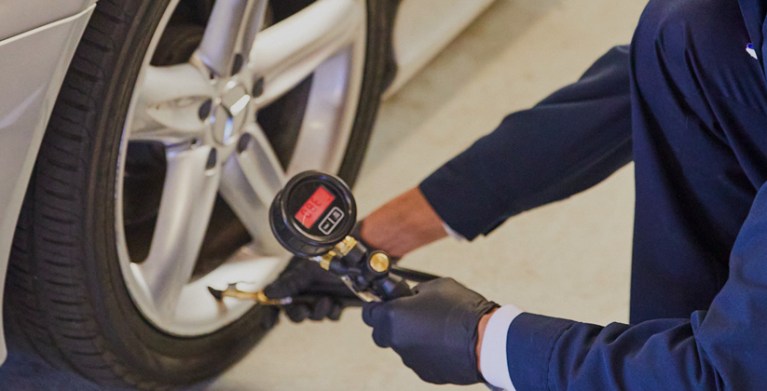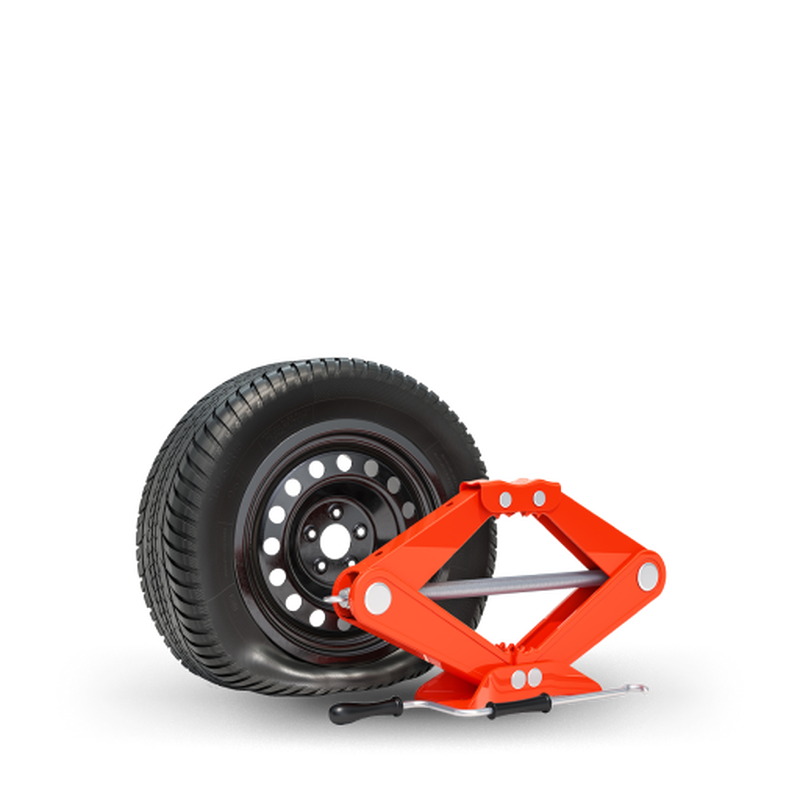Tire Repair Service Myths Debunked: Dividing Fact From Fiction
In the realm of vehicle maintenance, tire repair service holds a significant area, yet it is usually shrouded in misconceptions and misconceptions that can lead to complication for automobile proprietors. Recognizing the difference in between reality and fiction when it pertains to tire fixing is important for guaranteeing both safety and cost-effectiveness. From the misconceptions surrounding patching versus connecting a pierced tire to the effectiveness of numerous tire sealants, there are numerous essential areas where quality is needed to make informed decisions. Allow's lose light on some common tire repair service myths and separate them from the truth to equip you with the knowledge needed to navigate this crucial element of automobile upkeep.
Typical Tire Repair Work Misconceptions
Resolving prevalent misunderstandings surrounding tire repair work is vital for maintaining road safety and expanding the long life of your vehicle's tires. It is essential to recognize that not all punctures are developed equivalent; while some may certainly call for a tire substitute, the bulk can be securely fixed.
One more false impression is the concept that a do it yourself tire repair work kit is a sufficient service for all tire issues. While these packages can be convenient for temporary repairs in emergency situations, they are not a permanent service and might not address the underlying trouble (morris tire). Looking for the knowledge of a qualified tire service technician is constantly advised to guarantee the safety and security and honesty of the tire

Can You Fix a Punctured Tire?
Fixing a punctured tire is a typical practice in the automobile industry, usually carried out by expert technicians adhering to details guidelines and standards. Leaks found on the step area of the tire are generally repairable as lengthy as they are within a particular dimension limit and do not impact the tire's about his structural honesty.
It is essential to note that pierces near the sidewall or shoulder of the tire are normally not repairable due to safety problems. Such locations undertake substantial anxiety and flexing, making repair services unreliable and potentially harmful. Additionally, if the leak is also huge, going beyond the advised repairable size, or if the tire shows indications of interior damage, it is safer to change the tire completely.
The Reality About Patching Vs. Plugging
When thinking about the repair work of a punctured tire, understanding the differences in between patching and connecting is essential for making informed choices regarding tire upkeep and security. Covering includes fixing the tire from the within, where a spot is used to cover the puncture. This approach is taken into consideration even more trustworthy and long-lasting as it deals with the damages inside, minimizing the threat of air leakage and more tire damage. On the other hand, plugging is a quick fix that includes putting a rubber connect into the pierced area from the exterior. While connecting is practical and can be done without getting rid of the tire from the rim, it is generally taken into consideration a short-term option and might not provide the exact same level of longevity as a spot.
Myth: All Tire Sealants Work

When choosing a tire sealer, take into consideration factors such as the dimension of leaks it hop over to here can effectively repair, compatibility with tire stress surveillance systems (TPMS), and whether it is secure for the tire product. Keep in mind, while tire sealers can be beneficial in emergencies, they are not a substitute for proper tire care and maintenance.
Ideal Practices for Handling Flat Tires
In light of the differing efficiency of tire sealers, understanding ideal techniques for managing level tires is critical for maintaining roadway safety and security and automobile efficiency. Loosen the lug nuts, increase the vehicle with the jack, get rid of the lug nuts and flat tire, and replace it additional info with the spare tire. Store away the level tire, tools, and equipment, and keep in mind to inspect the extra tire's stress periodically.
Final Thought
To conclude, it is very important to different reality from fiction when it involves tire repair work misconceptions. Understanding the fact about patching vs. plugging, the performance of tire sealers, and ideal practices for handling blowouts can assist guarantee the security and longevity of your tires. By disproving common mistaken beliefs and complying with appropriate repair service guidelines, you can make informed decisions when it comes to keeping the wellness of your car's tires.